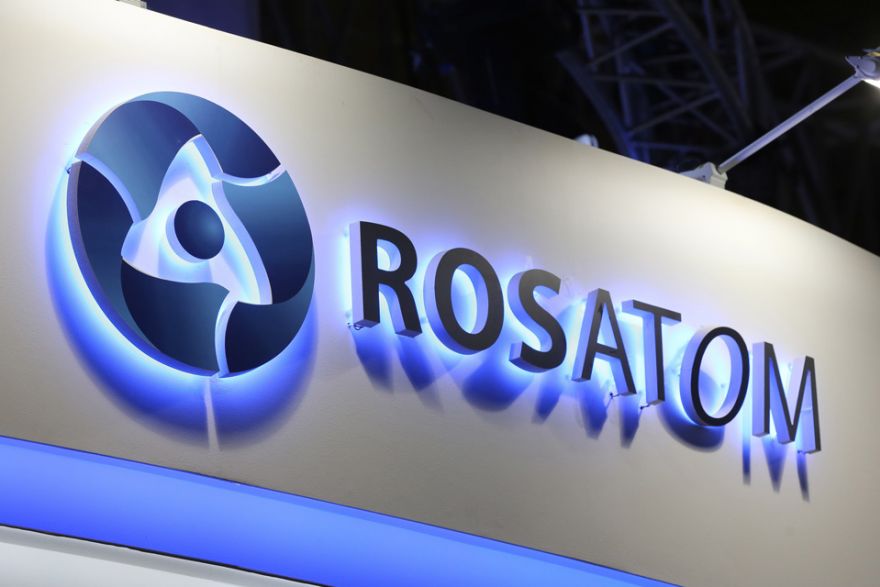Russian Polar Lithium plans to begin development of country’s largest lithium field Kolmozerskoe

By Eugene Gerden
The Russian Polar Lithium company (a joint venture of Rosatom and Norilsk Nickel), plans to accelerate the development of Kolmozerskoe lithium deposit, Russia’s largest lithium field in terms of reserves, which is located in the Murmansk region (Arctic region).
As part of the plans of the partners is receiving of additional support from the state, particularly those for the establishment of necessary infrastructure of the project (particularly building of roads and a grid) on the total sum up to RUB 100 billion (US$1,1 billion).
The project is very important for Russia, as the country currently experiences a shortage of industrial production of lithium, being completely dependent on imported raw materials. At the same time, there is capacity to process this metal. Earlier, the Russian Ministry of Industry and Trade estimated the country’s needs in lithium up to 85,000 tons per year by 2030.
Located in the Murmansk region, the Kolmozerskoe deposit is the largest in Russia, it was discovered in 1947 and has reserves of 75 million tons of lithium ore (category ABC1 + C2), for lithium oxide (LiO) this is more than 844,000 tons. This is equivalent to about 19% of the entire Russian reserves. It also contains the reserves of beryllium, niobium and tantalum. According to earlier statements made by Andrei Chibis, the governor of the Murmansk region, there is a possibility the reserve volumes of the Kolmozersky lithium deposit may exceed forecasts.
According to Polar Lithium, the feasibility study of the project will be ready in Q1 2025. The joint venture received licenses for it in February 2023. The project involves the production of lithium carbonate and hydroxide (LiOH) in the amount of 45,000 tons per year, while investments are estimated at 49 billion rubles. According to plans of the partners, the project will reach its design capacity by 2030.
It is planned, that lithium mined on Kolmozerskoe will be used, in the production of batteries by Renero (Rosatom’s integrator in the field of energy storage systems). Currently Renera is building a battery plant with a capacity of 4 GWh (about 50,000 batteries per year) in the city of Kaliningrad and plans to create a plant of the same capacity in Moscow. In June 2023, Rosatom also signed an agreement on the extraction of lithium from the salt lakes of Bolivia with the local state-owned company Yacimientos de Litio Bolivianos.
In July 2023, Deputy Prime Minister and Minister of Industry and Trade Denis Manturov said that Russia plans to fully supply itself with lithium by 2025. This goal should be achieved by starting production at a number of the largest domestic fields: Kolmozerskoye, Polmostundrovskoye (developed by Khalmek and PJSC Chemical-Metallurgical Plant), Kovyktinskoye (Gazprom), Yaraktinskoye (Irkutsk Oil Company), as well as Zavitinskoy (no investor) during the period of 2024-2030
Still, in regard to Kolmozerskoye, Russian analysts believe both Norilsk Nickel and Rosatom may experience serious difficulties during implementation of the project, as they made the decision to participate in it when global lithium prices were significantly higher, compared to current figures.
Global lithium prices fell 5 times year-on-year to $16,580/t last year, amid an increase in the number of projects for its mining. Since the beginning of January 2024, they have fallen by a further 13% to their lowest level since June 2021, according to data from the London Metal Exchange (LME).
In the spring of 2023, the Russian analyst agency Vygon Consulting estimated the weighted average cost for the announced projects for the production of lithium for ore projects at $6,810 per 1 ton. In general, the range for deposits ranges from $5,000 to $11,000 for 1 t.
Therefore, without serious governmental support, implementation of the project may be delayed. In general, the problem is that lithium industry in Russia is just in its infancy, which means that Kolmozerskoye and other similar projects should receive huge support from the state in order to be profitable.
